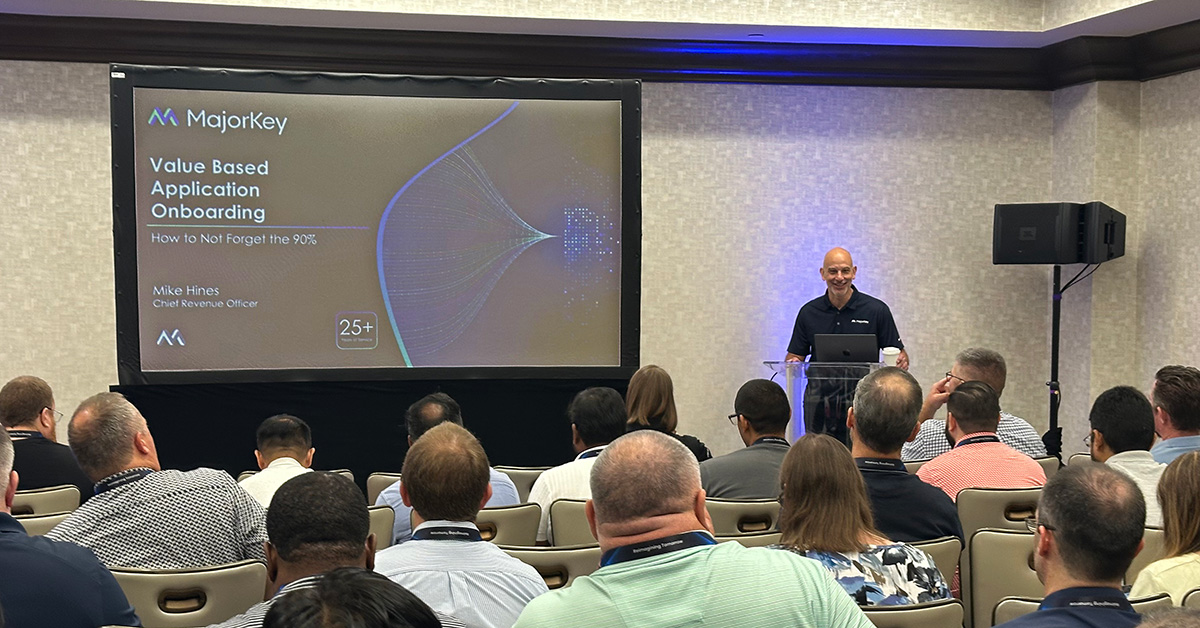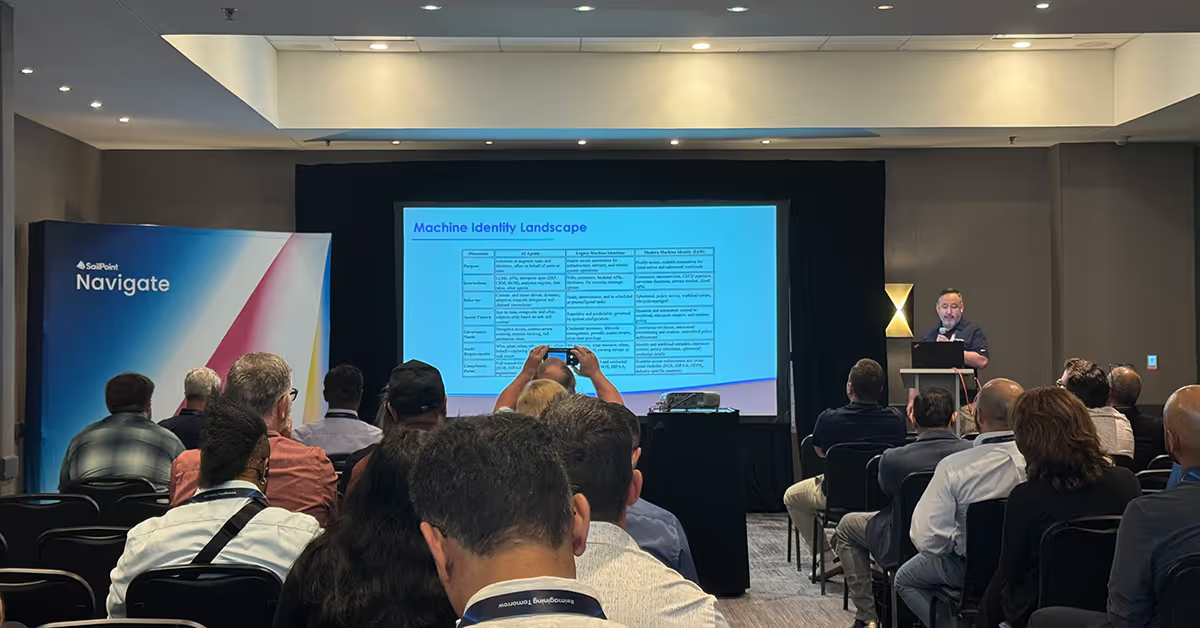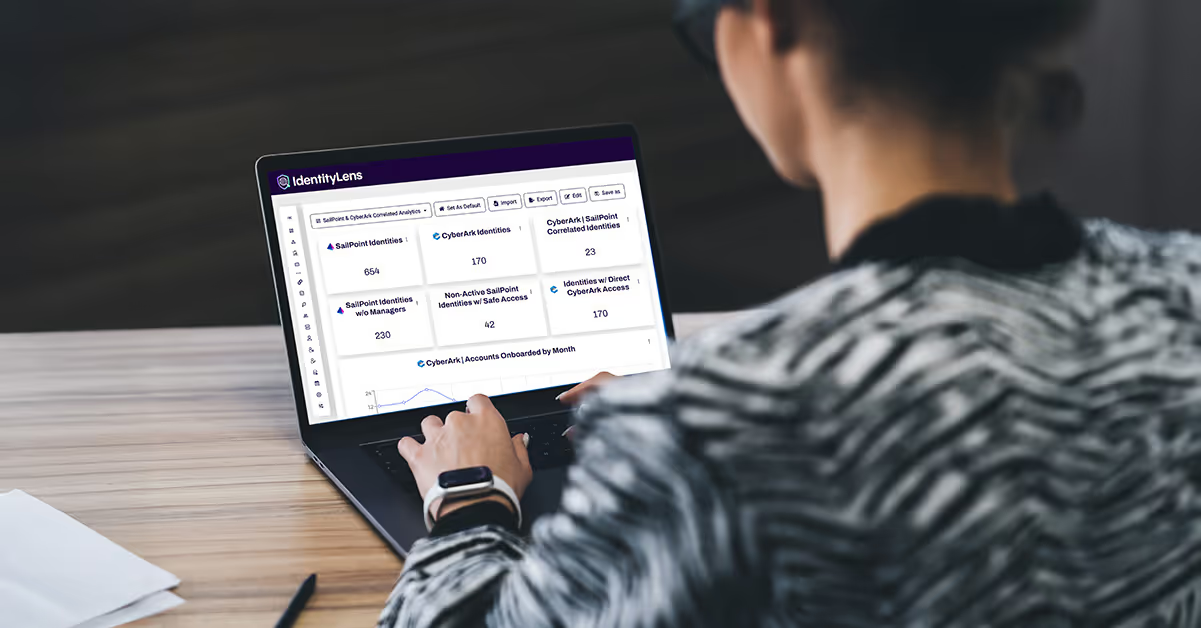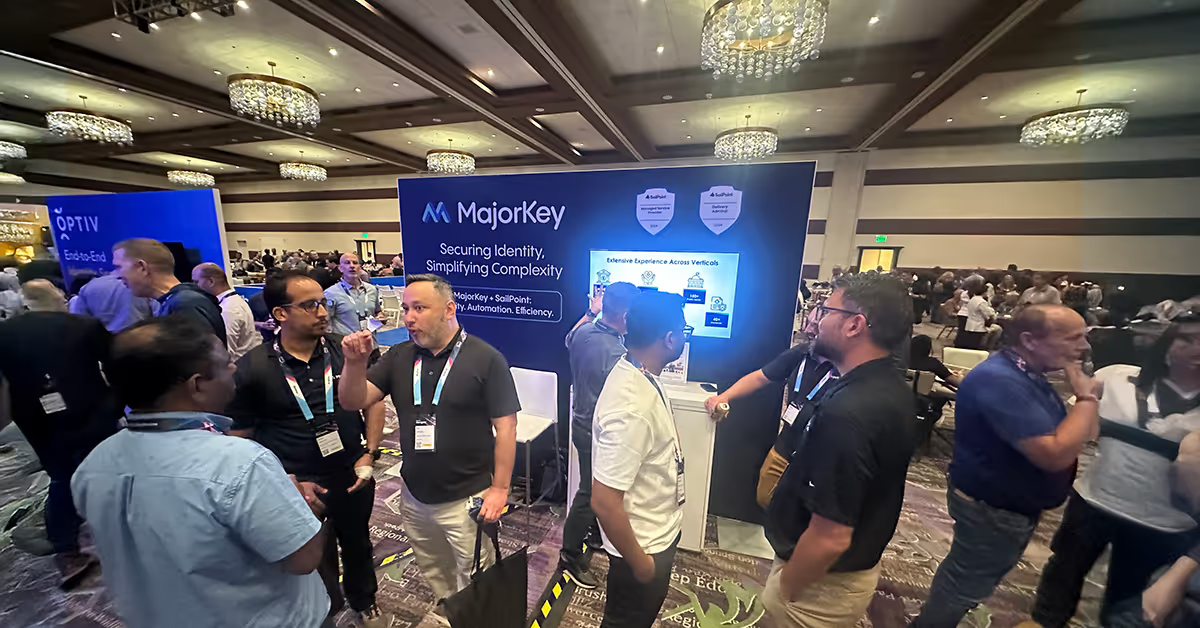Customer Identity and Access Management (CIAM): Implementation and Integration Best Practices
July 11, 2023
|
Duration:
5
min READ
%20The%20Definitive%20Guide%20%5B2023%5D.avif)
CIAM: Best Practices for Implementation and Integration
In an era where data breaches and cyberattacks are on the rise, organizations are compelled to secure customer data and provide a seamless user experience, all while staying compliant with stringent data protection regulations such as the General Data Protection Regulation (GDPR). To fulfill these requirements, companies are increasingly adopting Customer Identity and Access Management (CIAM) solutions. CIAM systems enable the capture and management of customer identity and profile data while ensuring controlled access to applications and services across all platforms.
Selecting the Right CIAM Solution
To select a CIAM system that best suits their needs, companies should prioritize the following functionalities:
Scalability
CIAM can scale up and down quickly and advanced programs can even predict surges and dips in customer registrations and activities. It also supports various operating systems and environments like cloud and hybrid infrastructures.
Flexibility in Authentication Methods
Different security protocols for authentication and user access can be leveraged depending on the organization’s preference for their customers. This enables organizations to correctly find the balance between security and user experience that’s unique to them.
Security
CIAM provides multi-factor authentication (MFA) by requiring multiple pieces of information to verify a user’s identity. It also utilizes machine learning to signal possible unauthorized access when there are deviations from saved behavioral patterns like keystroke dynamics, writing speed, and swiping behavior.
Compliance and Privacy Controls
A vital component of CIAM, compliance and privacy controls, enable the platform to meet global compliance requirements and regularly undergo certifications by third-party security standards to ensure data protection and privacy.
User Experience
Considering that most online access requests are made via mobile devices, mobile authentication, especially with biometric features, is essential for user convenience. Biometric features like facial recognition, iris scans, and fingerprint scans for authentication through Passwordless access enables more seamless experiences.
CIAM Implementation Process
The CIAM roll-out process typically involves the following 3 steps:
1. Analyzing Requirements
This stage involves defining the current and future needs of the company from its CIAM system, including digital identity management, application needs, and analytic capabilities.
2. Implementing CIAM
CIAM systems are integrated into the existing IT architecture without requiring special infrastructure. Modern CIAM systems also support brand-consistent design across all touchpoints with the user.
3. Driving CIAM Adoption (increasing ROI)
Successful CIAM implementation results in simplified digital access that ensures privacy compliance, high security levels, and satisfies customer needs. In addition, driving adoption means providing the right training and communication to users and continuously monitoring and optimizing the program over time – ensuring any changes to the user experience are proactively tested, deployed, communicated, and monitored
A Few CIAM Tools and Their Integrations
Let’s explore a few popular CIAM solutions and their integration mechanisms.
ForgeRock Integration Details
ForgeRock CIAM solution offers customizable, interactive profile, and privacy widgets that comply with GDPR regulations. It is preferred for banking IT solutions due to its frictionless user experience and real-time identity context. ForgeRock has five key components: OpenAM for access management, OpenIDM for identity life cycle management, OpenDJ for directory services, OpenIG as an identity gateway for applications, and OpenICF for cloud identity connectors. Custom REST API interfaces allow integration with any enterprise solution.
Ping Identity Integration Details
PingIdentity offers a CIAM solution ideal for cloud-based operations and mobile integration. It supports data model flexibility, cloud adoption/migration, and has a cloud-based deployment model. One limitation is the lack of support for a dynamic schema for the File of Record.
In conclusion
The right CIAM solution significantly bolsters a company’s cybersecurity posture, enhances customer experience, and ensures regulatory compliance. However, choosing a CIAM solution requires careful consideration of your organization's needs, the solution's capabilities, and how well it integrates into your existing systems. By understanding these requirements and following best practices for implementation and integration, organizations can successfully navigate their CIAM journey.
Authors

No items found.
Deployment and Integration
No items found.
.svg)



















.svg)
